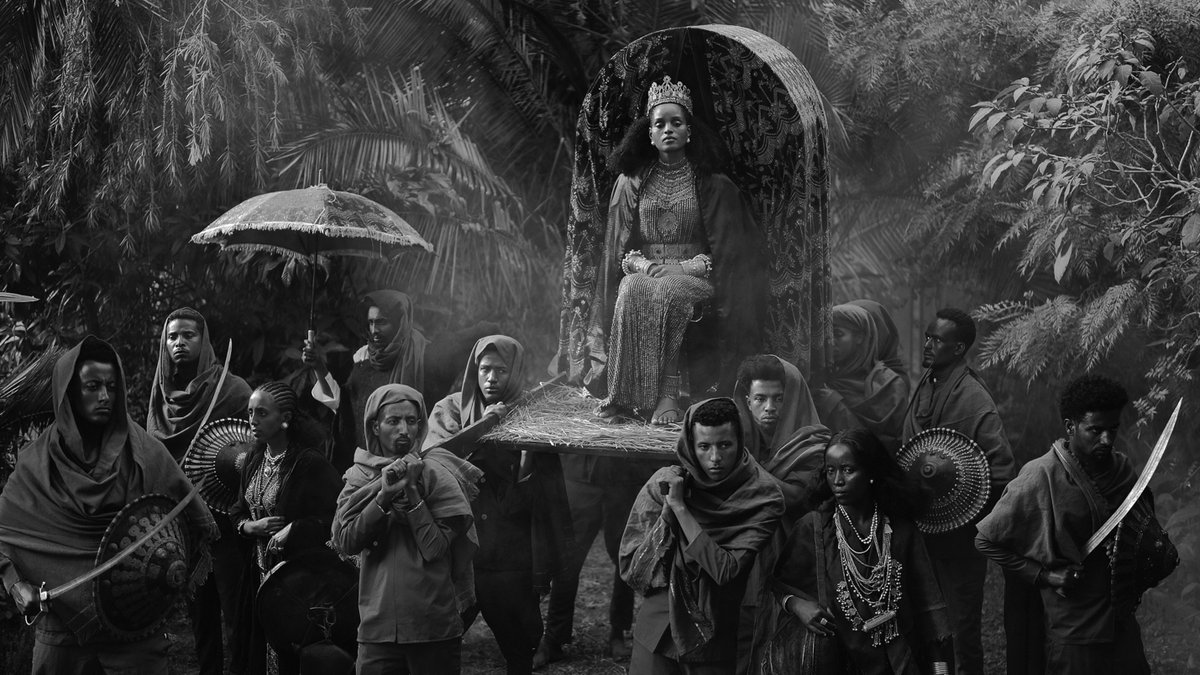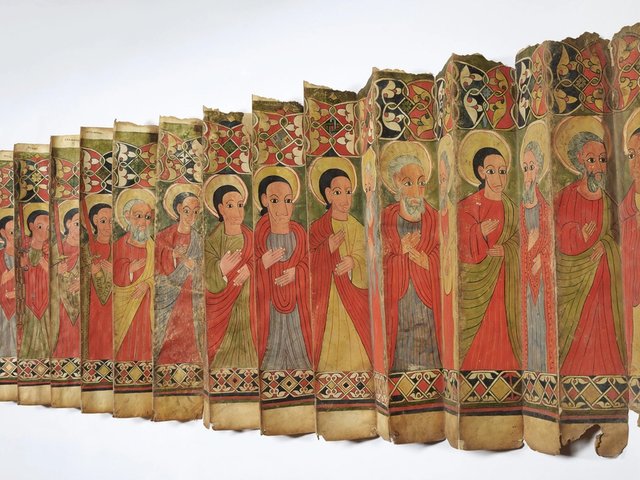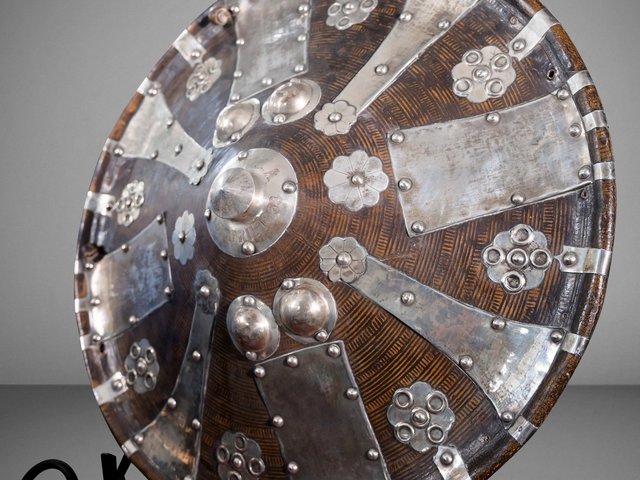In a first for a major US cultural institution, the Toledo Museum of Art (TMA) in Ohio has purchased a digital work of art using cryptocurrency. At the request of the artist collective Yatreda ያጥሬዳ, the TMA used USD Coin, which is pegged to the US dollar, to acquire Abyssinian Queen (2024) as the fifth digital work in the museum’s collection.
“We want to support artists in the community in which they work,” Adam Levine, director of the TMA, tells The Art Newspaper. “And it was important for these artists to get paid in cryptocurrency in order to minimise volatility.” He adds that information about the sale is publicly available online on the Ethereum blockchain: “The public-ledger nature of the transaction lends a transparency that is beneficial for the artists and supports the growth of their market.”
Yatreda—based between Ethiopia, Kenya, and the US—is the TMA’s 2024 Digital Artist in Residence. The collective’s experiential work House of Yatreda was featured alongside the touring exhibition Ethiopia at the Crossroads when the latter arrived at its final stop at the TMA in August. (Both exhibitions closed on 10 November.)
“Working with Yatreda was a highlight of bringing the exhibition to Toledo,” says Sophie Ong, the TMA’s assistant director of strategic initiatives. Ong was a coordinating curator of the Ethiopia exhibition at the TMA, ran the digital artist residency and was instrumental in securing the acquisition of Abyssinian Queen—a work she describes as “illuminating the folk legend of the Ethiopian queen” and “bringing narratives already in the show to the present moment”.
Abyssinian Queen is part of a series depicting the legendary queens of ancient Ethiopia—the most famous of which, the Queen of Sheba, is considered the founding mother of Ethiopia. The series melds folklore with history, bringing the figures to life in slow-motion, black-and-white clips of a queen and her attendants travelling across ancient Ethiopia. In the TMA’s new acquisition, the queen is adorned in traditional jewellery and carried atop a gilded throne through an ancient forest.
As part of the TMA’s residency programme, members of Yatreda visited Toledo for a couple of weeks at a time in order to create two new NFT (non-fungible token) collections, Ong says. One of these is The Queen’s Medallion (2024), inspired by coins in Ethiopia at the Crossroads and provided for free to TMA visitors during the run of the exhibition. The artists also organised Ethiopian coffee ceremonies at the museum, making glass cups for the occasion and embedding NFT chips into 180 of them. “Yatreda’s partnership with us has brought a new audience base to the museum,” Ong says, citing widespread interest from NFT fans online.
Additional works from Yatreda’s Abyssinian Queen series are scheduled for auction at Christie’s 3.0 digital art sale in December.






